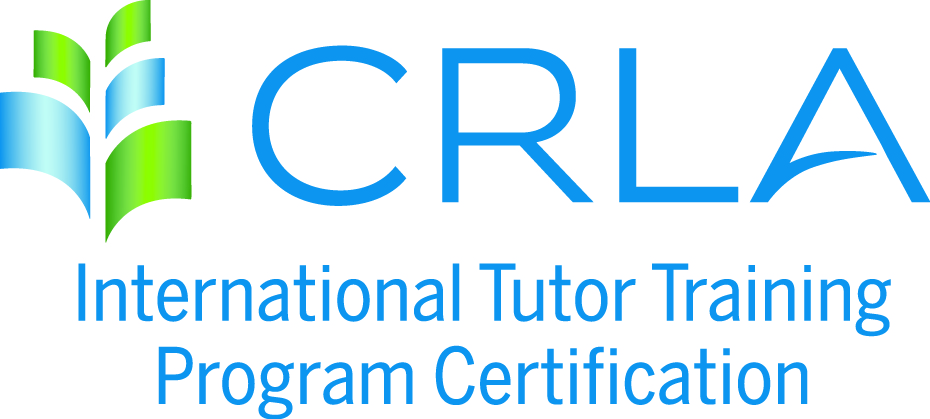目次
<RM1: Describing Research Results>
RM1-Step1: Describing methods
RM1-Step2: Indicating specific observations
RM1-Step3: Indicating comparison or changes
<RM2: Describing Adverse Events>
RM2-Step1: Describing adverse events
RM2-Step2: Indicating discontinuation
Key phrases are n-grams that were used at significantly higher rates in the specific move corpus than in the whole corpus data. Click a key phrase to check its usage in the Life Science Dictionary Corpus. Click “EtoJ” to jump to Life Science Dictionary.
RM1: Describing Research Results
RM1-Step1: Describing methods
RM1-Step1a(Procedure)
RM1-Step2: Indicating specific observations
RM1-Step2a(Presentation of results)
| Table 1 shows | ex. Table 1 shows the characteristics of | |
| shown in | ex. are shown in Table 1 | |
| presented in | ex. are presented in Table 1 | |
| the baseline characteristics of | the baseline characteristics of the patients | ex. Table 1 shows the baseline characteristics of |
RM1-Step2b(Findings)
RM1-Step2c(Possibility)
| were more likely to | were more likely to have |
| were more likely to be | |
| were less likely to |
RM1-Step3: Indicating comparison or changes
RM1-Step3a(Comparison)
RM1-Step3b(Changes)
| increase in | ex. associated with a significant increase in |
| increased significantly | ex. increased significantly in the cohort |
| significantly increased | ex. had a significantly increased risk |
| ex. was/were significantly increased | |
| increased by | |
| decreased by | |
| increased from * to | |
| decreased from * to | |
| increased in | |
| accounted for |
RM1-Step3c(Similarity)
RM1-Step3d(No difference)
RM2: Describing Adverse Events
RM2-Step1: Describing adverse events
RM2-Step1a(Adverse events)
RM2-Step1b(No adverse events)
RM2-Step2: Indicating discontinuation
RM2-Step2a(Discontinuation)
| discontinuation of the study drug | ex. led to discontinuation of the study drug |
| discontinued the study drug | ex. patient discontinued the study drug |

 Home
Home

